The Champagne Route
Visit the Route du Champagne
“Champagne is the only wine that leaves a woman beautiful after drinking i!” How could anyone disagree with Madame de Pompadour’s assessment of Champagne? Ruinart 1729, Taittinger 1734, Moët 1772, Clicquot 1772, Pommery 1836, and Mumm 1827: these famous names, with a legacy and origins that bear witness to winemakers who have made the most of rich and fertile terrain, invite you to follow the roads of the Champagne region. Pinot noir, Pinot meunier, and Chardonnay are all used to make this famous wine.
Reims, with its Gothic art, is at the centre of French history, having been sanctified since the year 816. It’s sure to win your heart as, in addition to everything else there is to see, it is also home to all the major Champagne houses. Epernay challenges Reims for the title of capital of Champagne and would be another excellent starting point from which to explore the region.
Weekends on the Champagne tourist trail
-
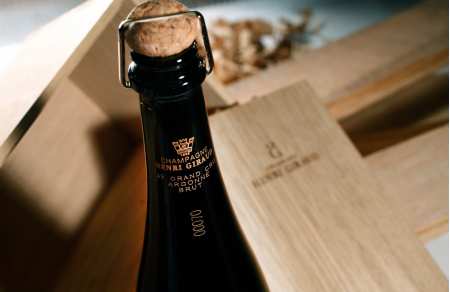 from
625 €
per pers.
2 days | 1 night
from
625 €
per pers.
2 days | 1 night -
 from
700 €
per pers.
2 days | 1 night
from
700 €
per pers.
2 days | 1 night -
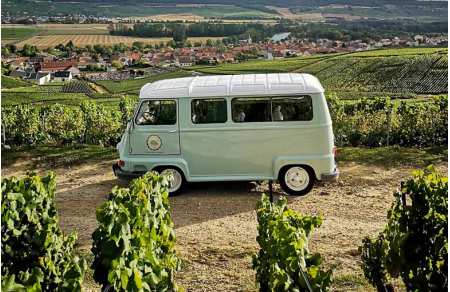 from
395 €
per pers.
2 days | 1 night
from
395 €
per pers.
2 days | 1 night -
 from
615 €
per pers.
2 days | 1 night
from
615 €
per pers.
2 days | 1 night -
 from
220 €
per pers.
from
220 €
per pers.
-
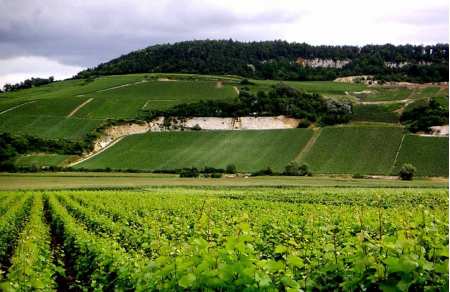 from
230 €
per pers.
2 days | 1 night
from
230 €
per pers.
2 days | 1 night -
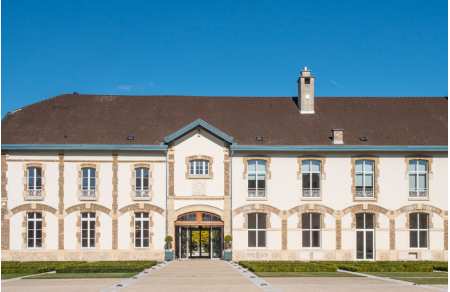 from
190 €
per pers.
from
190 €
per pers.
-
 from
495 €
per pers.
2 days | 1 night
from
495 €
per pers.
2 days | 1 night -
 from
305 €
per pers.
New
from
305 €
per pers.
New -
 from
265 €
per pers.
New2 days | 1 night
from
265 €
per pers.
New2 days | 1 night -
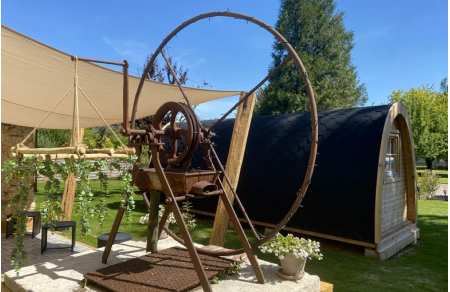 from
210 €
per pers.
New2 days | 1 night
from
210 €
per pers.
New2 days | 1 night -
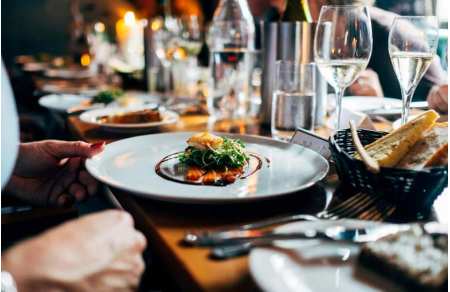 from
295 €
per pers.
2 days | 1 night
from
295 €
per pers.
2 days | 1 night
The major Champagne districts
The Champagne region can be broken down further into four major districts; the Montagne de Reims, the Côte des Blancs, the Marne Valley, and the Côte des Bar. Your visit may lead you towards Epernay and the surrounding region, which is surrounded by vineyards in the huge spaces around the Marne, around Bar-sur-Seine and the hillsides of Vitry.
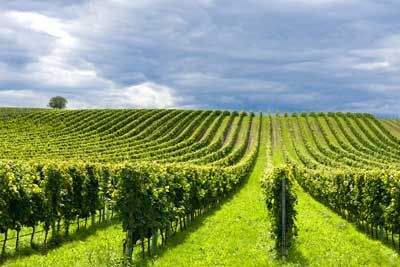
A different way to discover the Champagne region
Explore the vineyards of Champagne on foot
From Cramant to Vertus, a gentle thirteen-kilometre walk will take you through Avize, Le Mesnil sur Oger (home to “Le Clos du Mesnil”, a magical 1.87-hectare property that was enclosed in 1698 where Chardonnay is grown).
Breath-taking views over the vines
By hot air balloon, taking off from Reims, Sault lès Rethel or Turqueux, to discover these spectacular vineyards from the sky.
Follow other wine trails
- The Burgundy Wine Trail
- The Bordeaux Wine Trail
- The Alsace Wine Trail
- The Loire Valley Wine Trail
- The Languedoc-Roussillon Wine Trail
- The Provençal Wine Trail
- The Rhone Valley Wine Trail
- The Beaujolais Wine Trail
- The Southwestern Wine Trail
- The Jura Wine Trail
- The Savoy Wine Trail
- The Corsican Wine Trail
- The Ile-de-France Wine Trail
